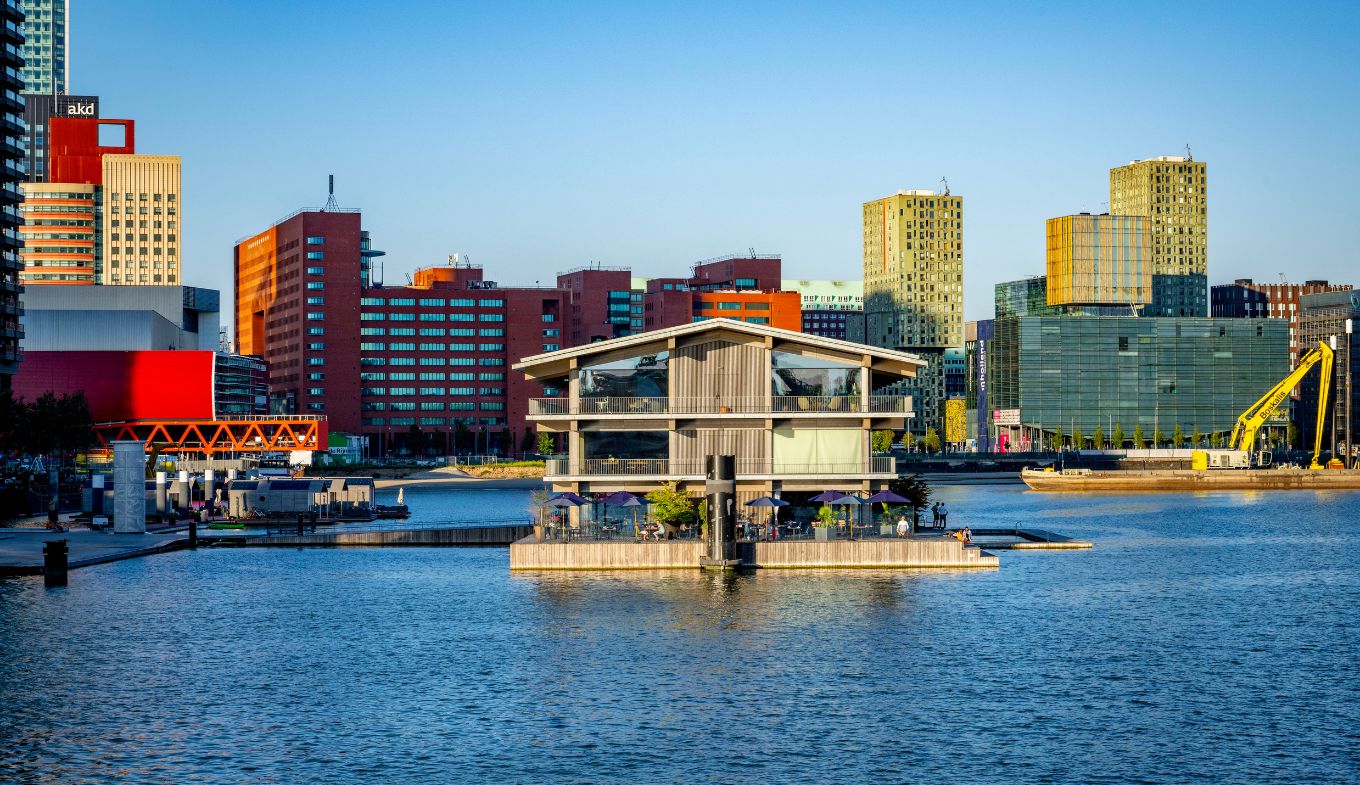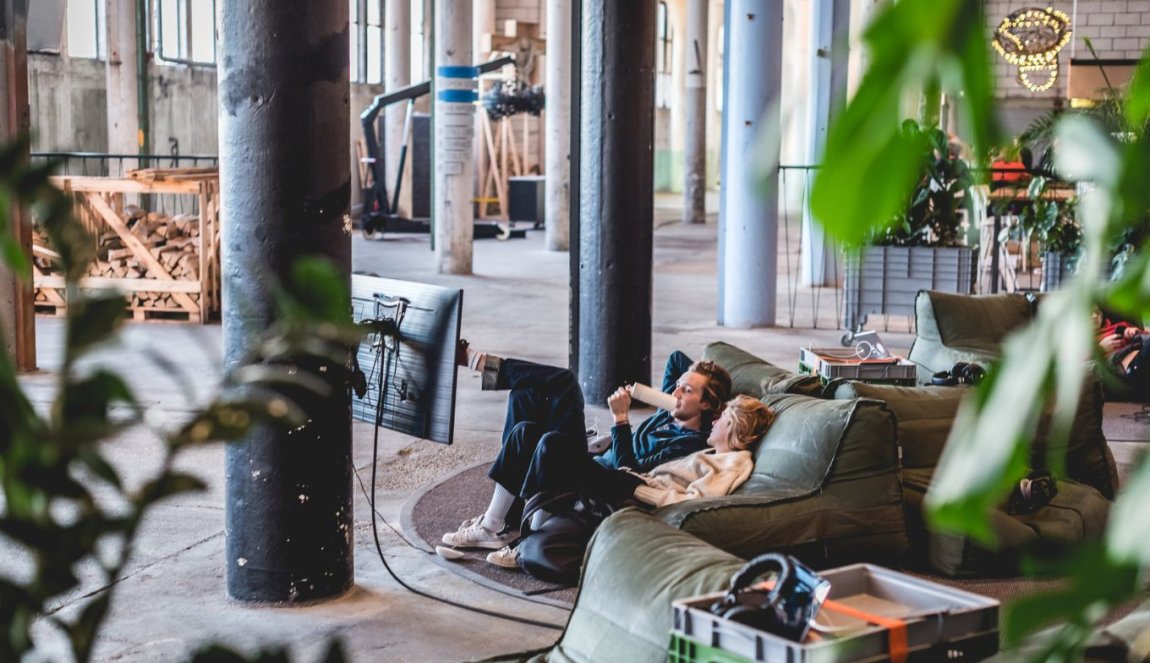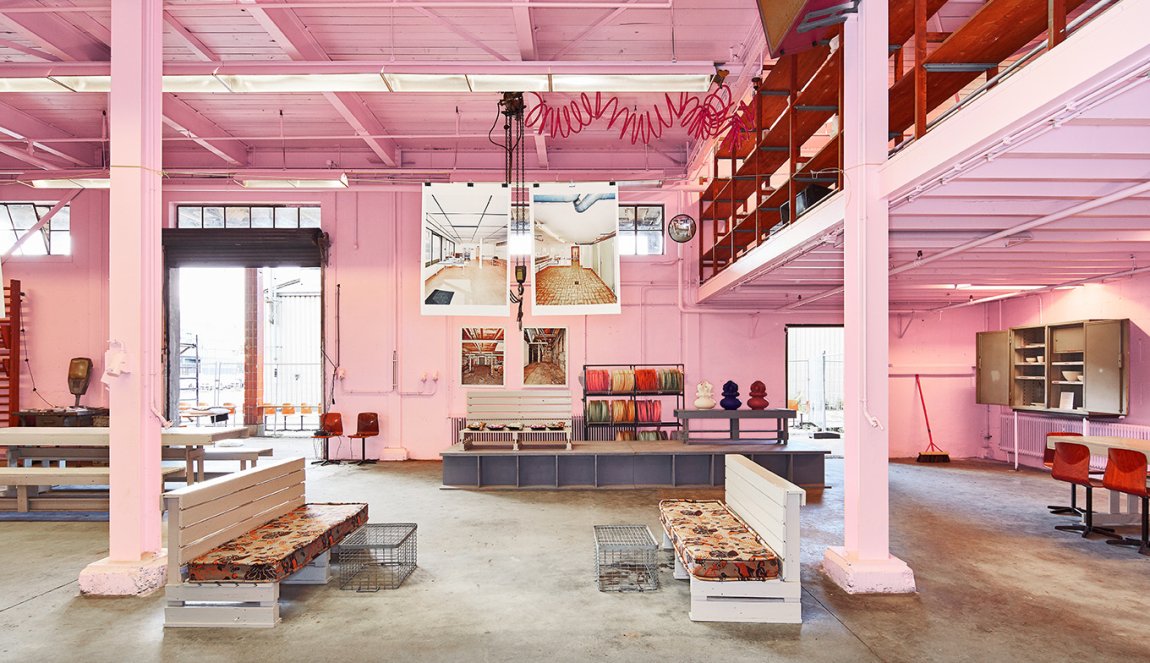
New Dutch: Future architecture - Oct. 16, 2024
The New Dutch architecture of the 21st century is modern, exciting and sustainable. The urge for innovation and creativity is reflected in the architectural style and urban planning. Cities such as Rotterdam and Eindhoven show how entire districts are redefining themselves through repurposing defunct factory buildings into hip creative centres. Utrecht and Almere are shining examples of sustainable urban development with a better quality of life and a more careful use of resources. Vertical forests, floating offices and 3D-printed houses – the future is already here.

Rotterdam is a prime example of successful urban reinvention and sustainable urban development. The city, which was largely destroyed in the Second World War, is now known for its original, innovative and modern architecture. When visiting the Rijnhaven in the Katendrecht district, in addition to the historic quays and warehouses, there are innovative structures such as the Floating Office Rotterdam (FOR), a floating office complex that is an example of sustainable architecture.
It is a climate-resistant, energy-positive and CO2-neutral building that defies the effects of climate change and adapts to rising sea levels. This is also where the FENIX Museum of Migration is being built, highlighting the stories of immigrants and emigrants who have passed through Rotterdam over the centuries. It will open in spring 2025.
The river as a public space
Another innovative urban development project is the Keilehaven tidal park by the architectural firm De Urbanisten. The park, which is still under construction, is intended to integrate the dynamics of the tides into an urban landscape. It is located in the port area and offers the city population a unique public space that combines nature and city life. The changing water levels create different landscapes here, which offer visitors an ever-changing environment and bring nature back to Rotterdam.
The Keilehaven Tidal Park is an ecological showcase project that focuses on sustainable urban planning. The design takes into account the natural flow of water and promotes biodiversity by creating habitats for plants and animals. It provides an attractive recreational area and sensitizes visitors to the importance of water and natural tidal movements in an urban environment. The park serves as an example of the climate-smart adaptation of cities to rising sea levels and the challenges of climate change.
Eindhoven – Design Capital of the Netherlands
Along with Rotterdam, Eindhoven is a centre of creative and innovative architecture and is also known as the design capital of the Netherlands. This is not least due to the well-known Dutch Design Week, which takes place annually and attracts creatives from all over the world. A notable architectural highlight of the city is the Evoluon, a building reminiscent of a UFO, completed in 1966 houses future-oriented topics are dealt with in changing exhibitions.

The Hovenring, the world's first floating roundabout for cyclists was completed in 2012 and impresses especially at night with its eye-catching lighting. Sustainability and New Dutch also mean turning the old into the new. Instead of demolishing dilapidated factory buildings, creative architects and entrepreneurs are renovating them in a sustainable way to make them accessible to new generations. Among the most beautiful examples are the Werkspoorkathedraal in Utrecht, the Werkwarenhuis in 's-Hertogenbosch and the Hembrug site in Zaanstad.
Whether innovative new buildings or the creative revival of old structures - in many places in the Netherlands, "New Dutch" architecture impressively shows how tradition and modernity merge into a sustainable and creative cityscape. "New Dutch" is more than just a style – it is an expression of change, sustainability and creativity that is already bringing the future of architecture to life in the Netherlands today.